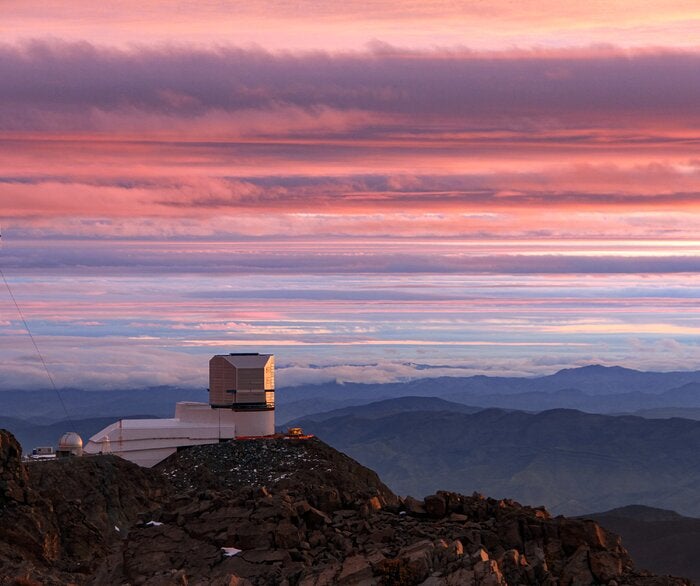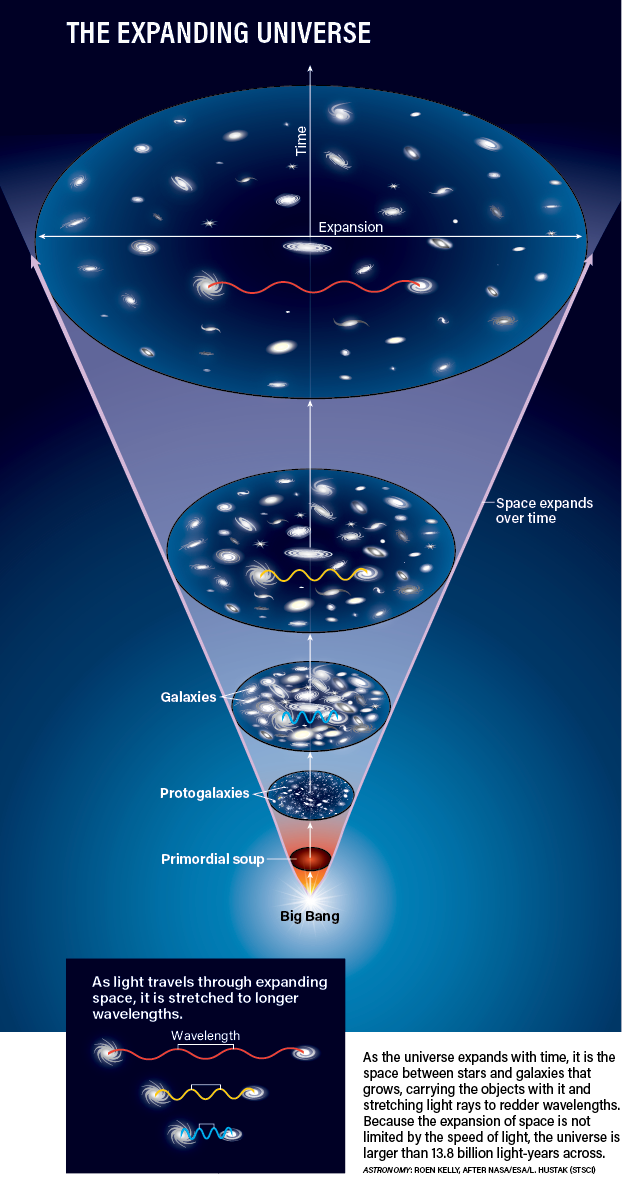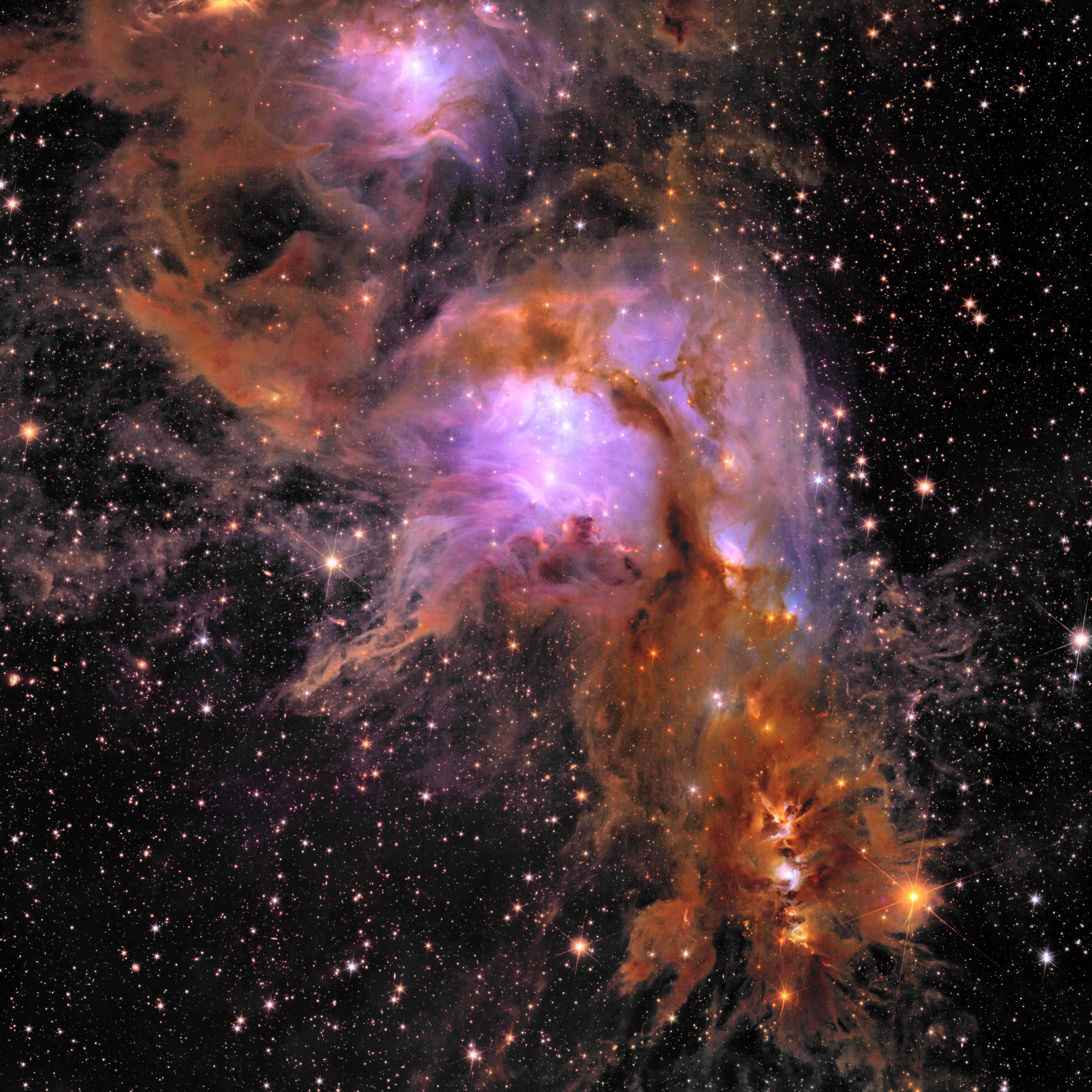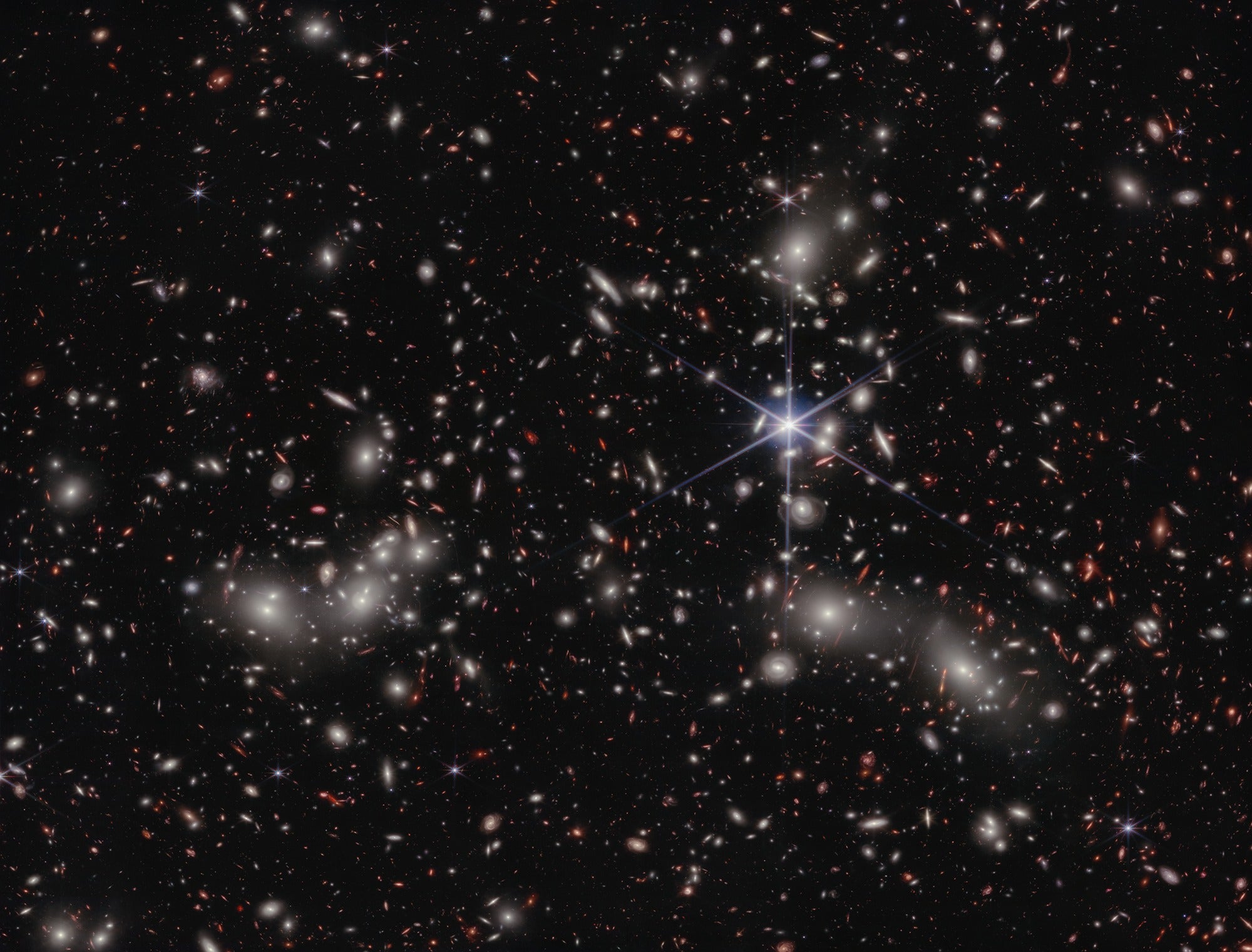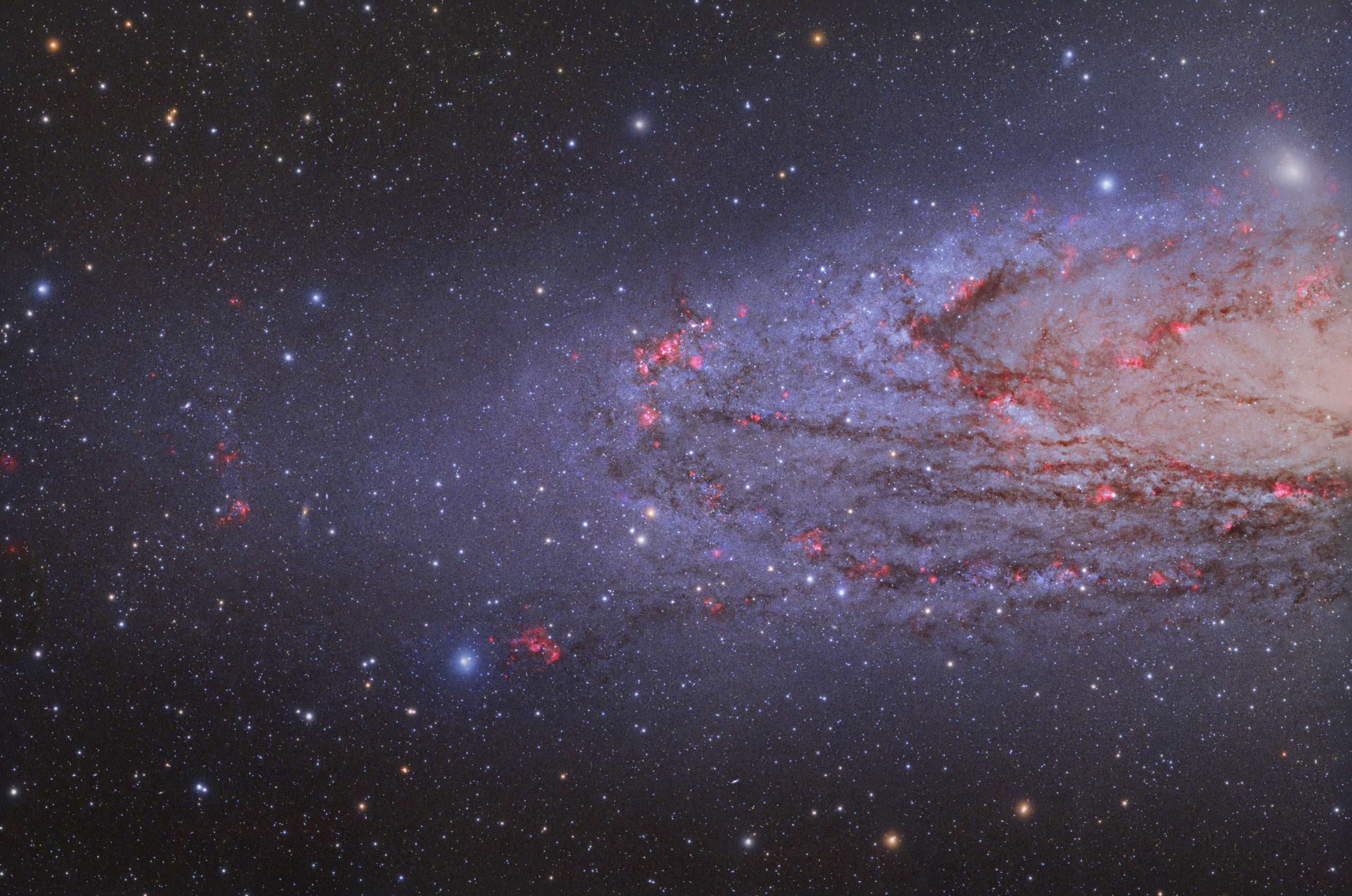
Many people, even astronomy enthusiasts, routinely wonder about the frequent reports of UFOs, or UAPs (unidentified anomalous phenomena), frequently spotted in the sky and sending people into fits over alien visitation. But the people who are sincerely worried about that have never taken the first week of an academic course on what astronomers call the cosmic distance scale.
In the words of the popular writer Douglas Adams, author of A Hitchhiker’s Guide to the Galaxy, “Space is big. You just won’t believe how vastly, hugely, mind-bogglingly big it is. I mean, you may think it’s a long way down the road to the chemist’s, but that’s just peanuts to space.”
And Adams is exactly right. Let’s begin by considering local space. Assume that the distance between Earth and the Sun, known as 1 astronomical unit, is 1 centimeter instead of its actual 93 million miles. In all of human history, mind you, we have physically traveled an imperceptibly small fraction, then, of that 1 centimeter.
Comparing cosmic distance scale
You can think of a scale model solar system in your room, your neighborhood, and your town. On that scale, Jupiter would be 5 cm from the Sun. Keep moving off, say, to the right, and imagining the relative distances. Saturn would be 10 cm from the Sun, Uranus 19 cm from the Sun, and Neptune 30 cm from the Sun. Little old Pluto would typically be about 40 cm from the Sun.
On this scale, however, the physical diameter of the solar system is far larger than that. The outer edge of the Oort Cloud, the enormous shell of perhaps a trillion comets, would lie 10 football fields away. And we have, thus far, traveled a tiny, almost invisible fraction of that original 1 cm.
And that’s just our solar system. The nearest star, Proxima Centauri, is four times farther away than the outer shell of the Oort Cloud. The enormous gap between even the nearest stars would be staggeringly large. The actual distance to Proxima Cen is 4.2 light-years, meaning that light — the fastest thing there is — takes 4.2 years to travel from that star to our eyes.
RELATED: How astronomers measure an infinite universe
Beyond the Milky Way
We can take quantum leaps upward in universal scale, too. The Milky Way Galaxy is one of at least 100 billion galaxies in the cosmos. The diameter of the Milky Way’s bright disk, which we are in, is at least 100,000 light-years. (We are a little more than 26,000 light-years out from the galaxy’s center.) The most distant photons from our own galaxy have been traveling to us for one-third of the length of human history.
And a little like nesting dolls, we can follow cosmic structures out to larger and larger scales. Our Local Group of galaxies, as Edwin Hubble termed it back in the 1930s, contains at least 55 galaxies in a sphere spanning about 10 million light-years. Local Group members include our nearby friends the Andromeda Galaxy and the Triangulum Galaxy.
Countless small groups of galaxies are even farther away, and if we travel some 55 million light-years, we get to the center of the largest cluster of galaxies in our cosmic space, the Virgo Cluster. This group includes some 1,300 galaxies of all types. But larger and more massive groups of galaxies lie far more distantly from us. Nearly countless numbers of them.
When we get up to the largest cosmic structures known, we can talk about superclusters and walls of galaxy clusters. Examples include Laniakea, which we belong to, a structure that stretches some 500 million light-years across. And there are dozens of examples of other large structures.
The universe could, indeed, be infinite
How large is the universe? Put simply, we don’t know. The best current estimate is that the universe’s diameter is at least 93 billion light-years. And if cosmic inflation is correct (a long story, but a likelihood), then the visible universe that we see may not be the whole thing. As much as it sounds like science fiction, the universe could actually be infinite in size. And of course whatever its size, we know that the universe is expanding over time, and that this expansion is accelerating over time as well.
Thankfully, we can see the distant universe as it was long ago because photons are massless, and they travel at 186,000 miles per second, the fastest speed there is. The folks who are perplexed or anguished by reports of UFOs not only don’t appreciate the unbelievably vast cosmic distance scale. They also don’t understand that only massless objects, photons, can travel at such high velocities. Things with mass require a tremendous amount of energy to convert into high-speed motion. Don’t believe me? Try eating a tuna sandwich and running around the circumference of Earth a few times before taking up a rest. You’ll get it then.
So the universe may be teeming with life (that’s a topic for another time), but it is so distant that we will not encounter it staring us in the face, accompanying us to lunch in Central Park. That’s the stark reality that trained astronomers know.




